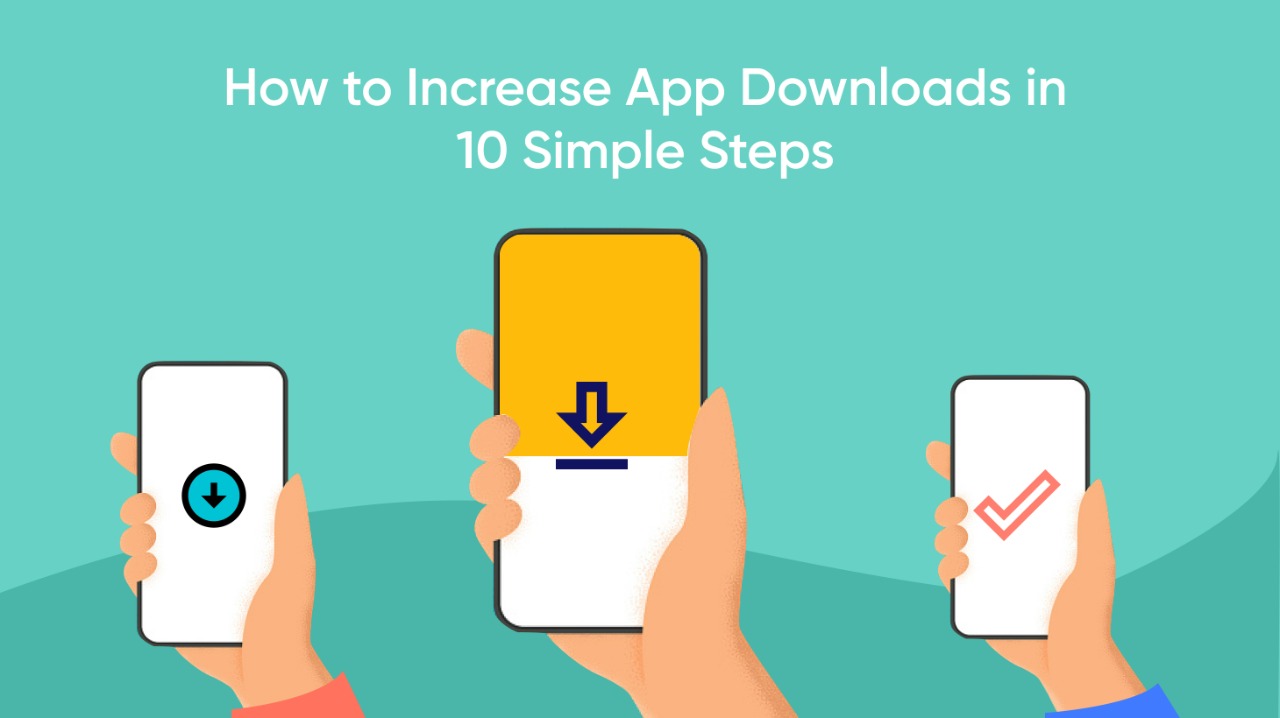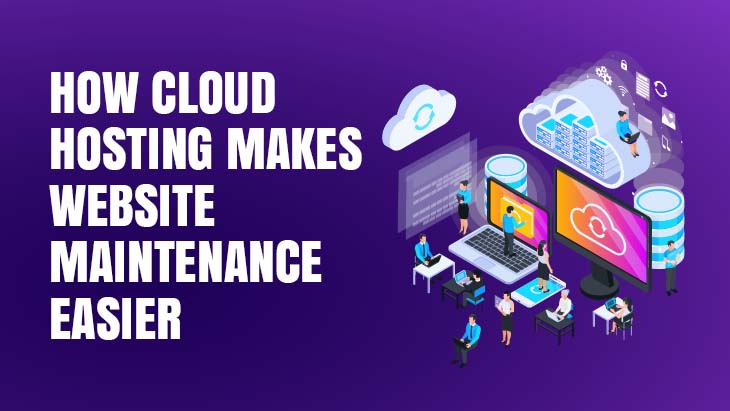The reason why individuals have so many apps on their phones is a mystery that might keep app marketers up at night. Apps enable us to accomplish more with less time and effort, which some claim is motivated by a psychological urge to conserve energy. Others claim that our always-connected lifestyle, which apps enable, is to blame for the success of applications.
Whatever the situation, one thing is sure: We use 46 different apps on average each month, and this number is rising. Therefore, the crucial query is: How can you ensure that your app is one of those 46 in countries outside of your own?
Let’s get a look into how to Increase App Downloads or App Downloads strategies.
What is Localization for Mobile Apps, and Why is it Important?
Customizing a mobile app for a particular market (or "locale") involves altering every aspect of the program, including the UI, copy, layout, aesthetics, and more.
By considering cultural variations, statutory needs, and other distinct elements outside of linguistic boundaries, localization ensures that an app seems natural and pertinent to users in the target market.
The biggest advantage of localizing your app is that it opens up new markets and expands your user base to people who might not otherwise be able to use it. Since user experience is king and closely correlated to language, engagement and downloads increase when users can use an app in their native tongue.
The concept of localization may be rather simple, but creating a strong localization strategy and then actually localizing the software can be challenging, especially for small and midsize organizations that have limited resources. But don't worry; we've got you covered. Continue reading for 10 easy methods to successfully localize your app and improve app downloads.
Step 1: Conduct Research
To successfully localize, you must conduct research, which might sound like a hackneyed bit of advice. Finding your target markets and learning as much as you can about what clients actually want is the first step.
* What languages are spoken in those markets?
* What do regional users expect from a product like your app?
* What companies are your primary rivals in these markets?
* What cultural considerations do you need to make?
* What forms of payment are most popular there?
* What rules specific to the area must you be aware of?
Other search terms include: It's critical to select the appropriate keywords for your target markets because app store search plays a significant role in increasing the number of downloads for your app.
Step 2: Create Aesthetically Pleasing Local Graphics
It's time to start considering how to make your app look and feel natural to consumers in each of your target markets after you have a firm grasp of them.
This is where the aesthetics enter. Your app's images, in-app graphics, and videos should all be customized for the local market.
Users view your app icon for the first time in an app store. Additionally, they will see it on highlighted pages and lists, category pages, and, with any luck, in the media or on social media. Additionally, after installation, customers will see your symbol on their home screens and in their app drawers.
Consider the following while creating an icon for a certain market:
* Visuals: What are the popular colors, forms, and symbols in the market?
* Cultural references: Avoid any imagery or symbolism that is inappropriate to another culture.
* Simplicity: A logo that accurately conveys the purpose of your program can aid consumers in recalling their initial motivation for downloading it.
* Consistency: Even if you can modify your icon for each market, make sure it still conveys your brand.
Step 3: Make your app store listing localized.
Make sure to localize your app store listing for each of your target areas because this is your moment to persuade customers to download it as a part of App install marketing. This is referred to as app store optimization and covers the app name, app description, screenshots, and any other text that appears on your listing (ASO).
The keywords you've chosen for each of your target markets should be present in your app's name and description at this point.
Recall that you have a finite amount of room to deal with when localizing your app store listing. You might need to take it into consideration because certain languages are more verbose than others.
Step 4: Localize the content of your app.
You need to confirm that consumers may use your app once they download it. This entails localizing the user interface so that it speaks the native tongue and adheres to regional standards for things like currency, measures, and the date and time formats.
This brings up the following point: Localization involves more than just text translation. Additionally, it considers things like regional customs, preferences, and expectations. For instance, different countries have different payment methods, so you'll need to make sure your app can handle those.
Last but not least, localizing your material entails ensuring that any images, videos, or other visuals you employ are appropriate for the target audience. You might need to refrain from utilizing objectionable imagery, such as emojis.
Step 5: Obtain testimonies and local evaluations.
A potent strategy, social proof is crucial in markets where customers may not be familiar with your brand. Local reviews and endorsements in these circumstances might assist establish confidence and persuade users to download your app.
Because they are prominently displayed on an app's listing in the app store, recommendations and reviews are given a lot of weight there. Positive reviews can boost your app store ranking, which increases organic traffic to your listing.
Additionally, you can reuse gratifying evaluations and endorsements in other marketing materials, on your website, and on social media. They're also a fantastic approach to engaging with users and expressing your appreciation for their input.
Step 6: Spend money on paid advertising for user acquisition.
An excellent strategy to kickstart your app's growth in a new area is through paid user acquisition. You may increase interest in your app and expose it to a wider audience by launching advertising campaigns that are directed at users in the target market.
Your first study will be helpful in determining the best channels to use when organizing a sponsored user acquisition campaign. For instance, you could choose to engage in Twitter or Instagram advertising in some nations while concentrating on Facebook or Google ads in others.
Step 7: Tap into the strength of your community.
Long-term success in new markets can be attained through creating a community around your software. Communities give users a place to interact with one another, share tips and advice, and spread the word about your app to their friends and family.
Building a community around your app is possible in a variety of ways. You can begin by setting up a social media account on sites like Facebook, Twitter, and Instagram and interacting with users there.
Users can join Facebook groups for free and communicate with one another in a more private setting, making them another excellent tool for community building. Additionally, you can attend or support nearby gatherings that relate to your app or target audience.
Another efficient strategy for creating a community around your app is to collaborate with regional influencers. Influencers can advertise your app to their followers because they have a sizable fan base in the target market. By doing so, you may use their already-existing community and expose your software to a wider user base.
Step 8: Provide a freemium service.
A freemium pricing model might be a terrific strategy to attract users in new markets to your app. Users can test out all of your app's features for free with a freemium plan, and if they want more features or access to more material, they can upgrade to a premium plan.
This kind of strategy is particularly well-liked in the app store, where customers are more likely to download free apps than paid ones. Additionally, people are more inclined to download and utilize your app because you are not requesting payment upfront.
Step 9: Begin a referral campaign.
Programs for referrals can increase downloads and
sales in new markets. Users are encouraged to recommend your app to their friends and family through a referral program. By doing so, you can capitalize on the influence of word-of-mouth advertising and attract additional people.
It's crucial to provide consumers with desirable benefits when developing referral programs, and culture may have an impact on this in terms of what your local user base would value. For instance, you may think about providing experience rewards, such as VIP admission to nearby events, in addition to more conventional ones like discounts and freebies.
Step 10: Create a website and a blog for your app.
A straightforward but efficient way to give customers more information about your app is to have a website for it. Additionally, a website can act as the hub for all of your marketing resources, such as screenshots, videos, and endorsements.
A blog is a fantastic approach to provide users with useful explanations of how your app functions and what it can accomplish for them. You can distribute blog entries that are targeted to readers in the new market you're seeking to penetrate through content marketing.
You can take your app global and boost downloads, exposure, and revenue in new areas by following these 10 easy steps. While there is no magic formula for success, a strategic localization focus is the most long-term strategy to accomplish it all.
















Post Comments